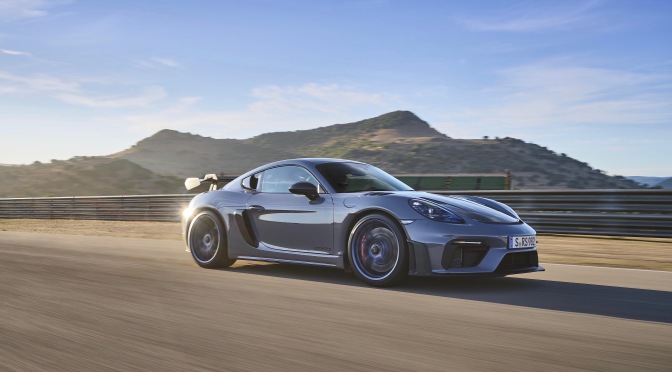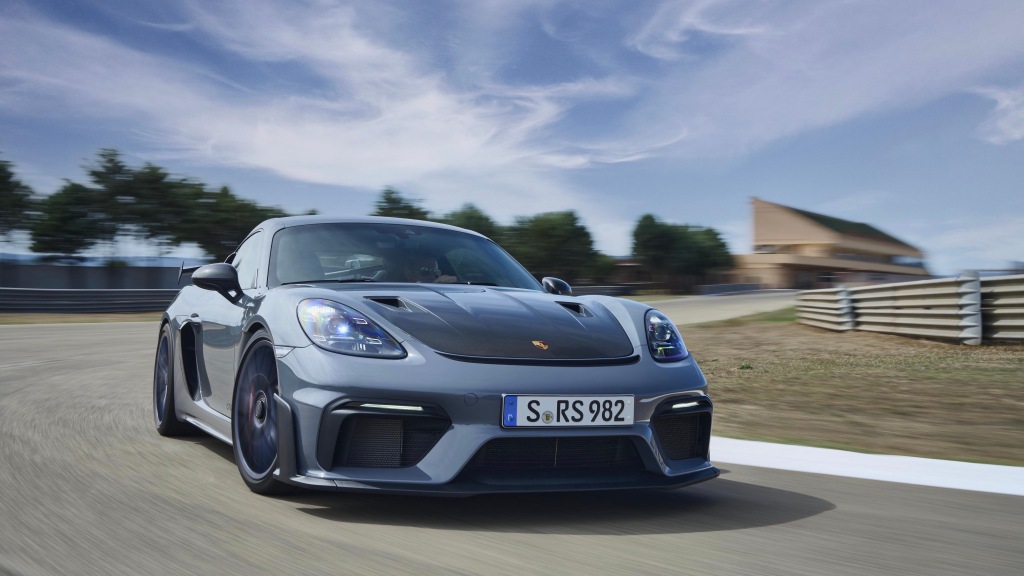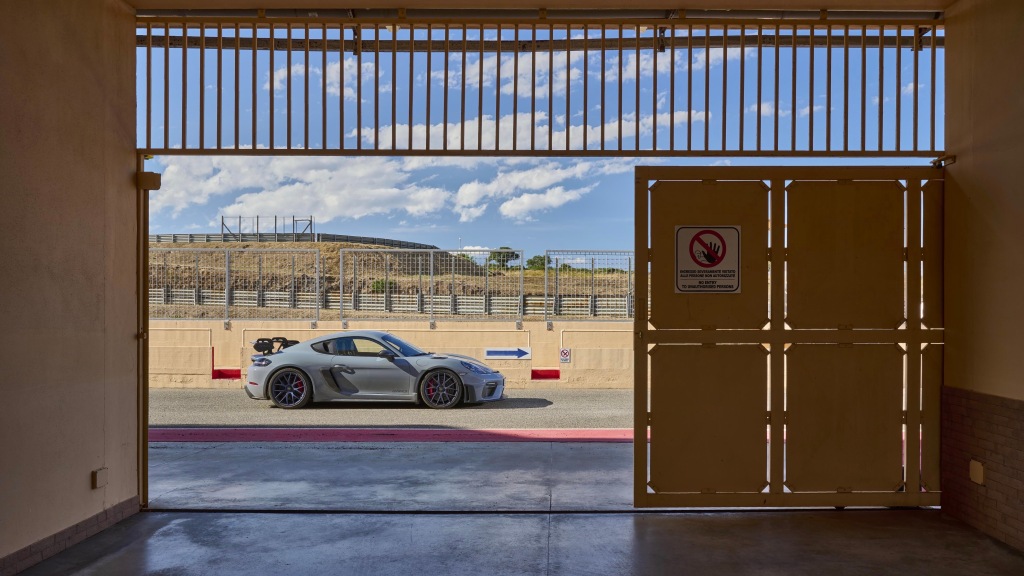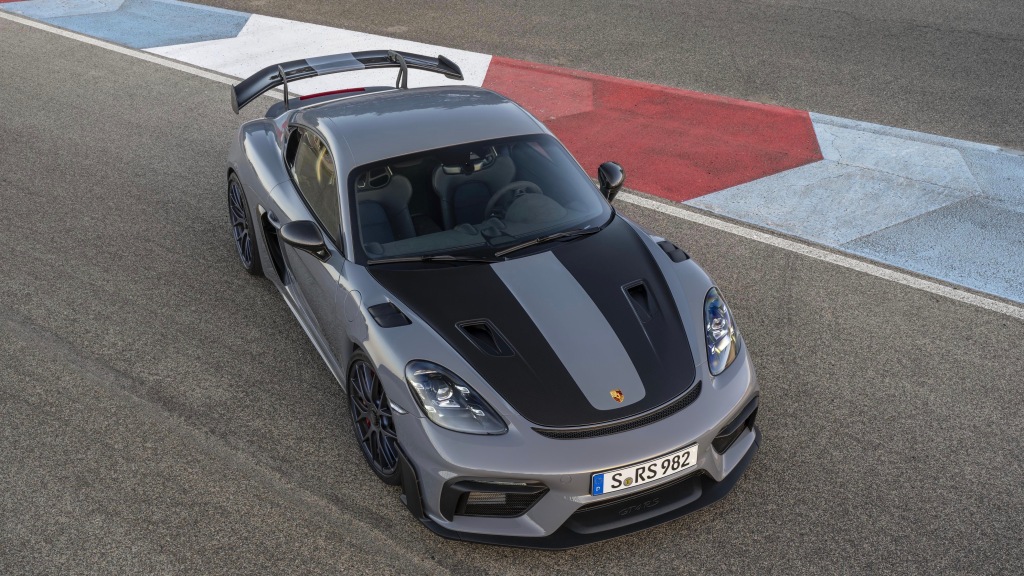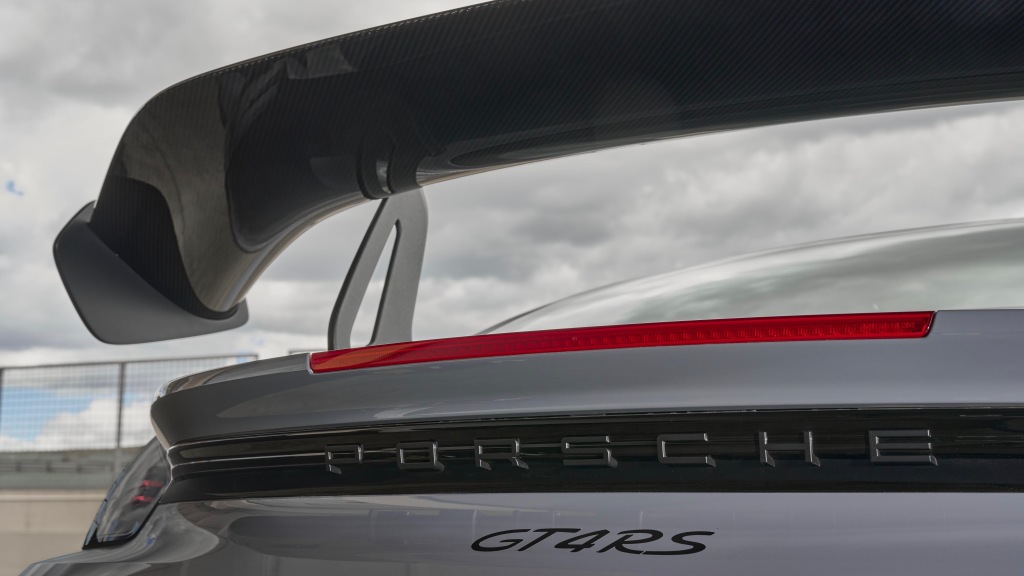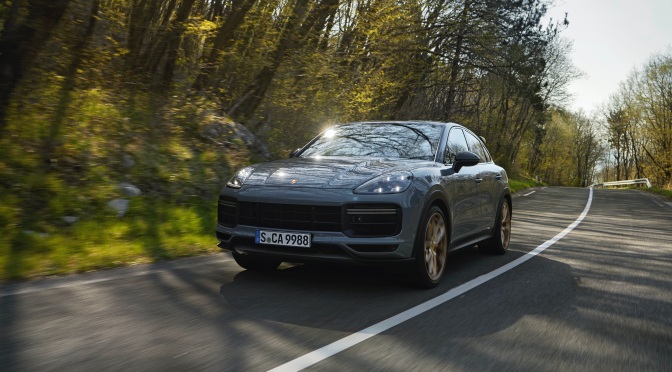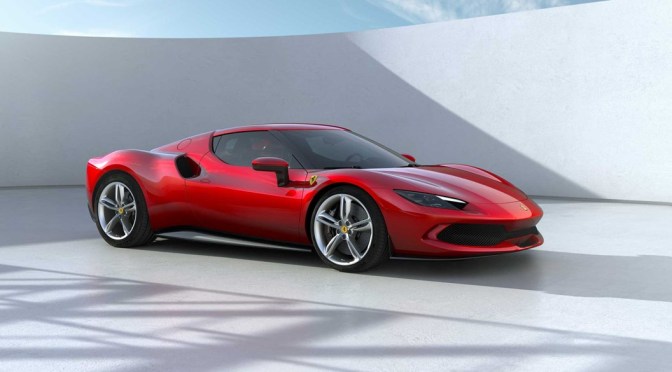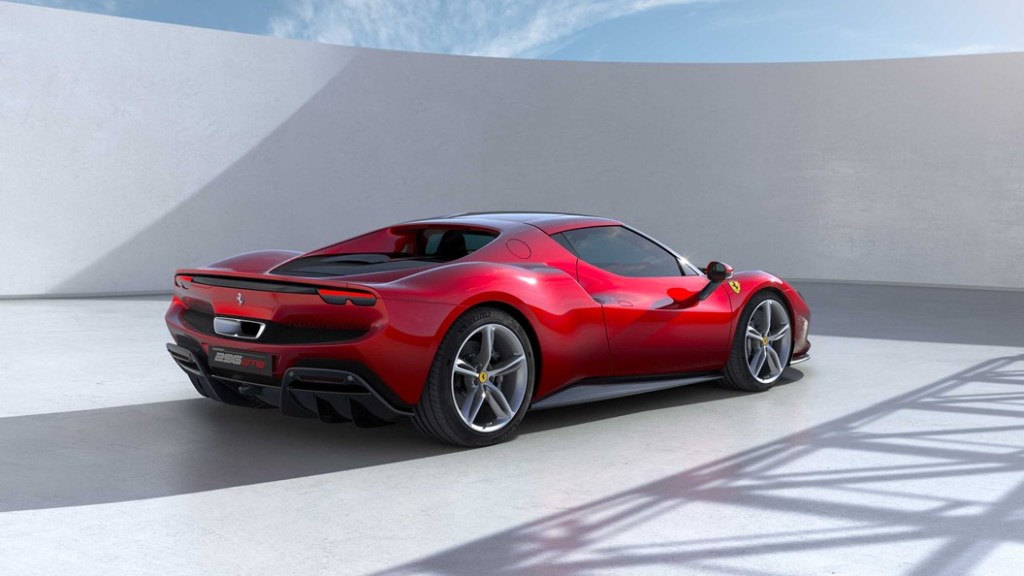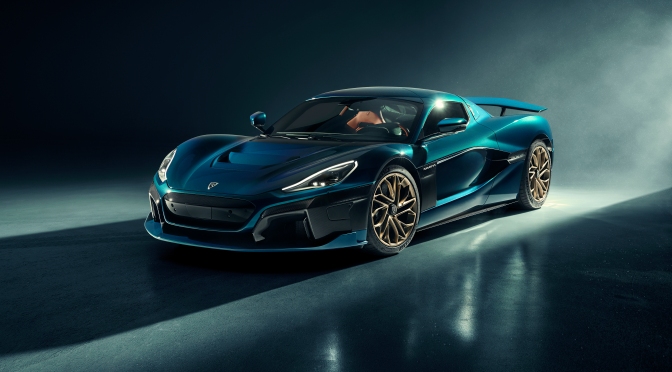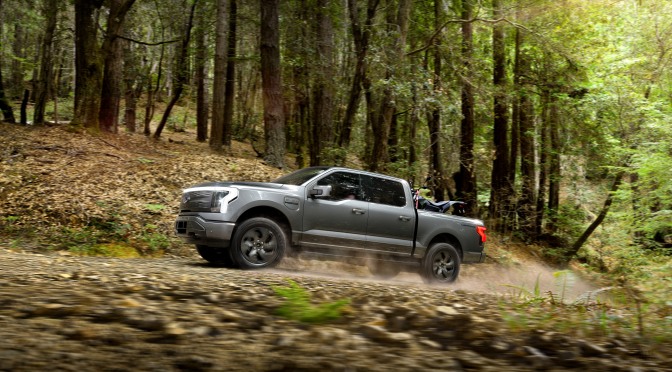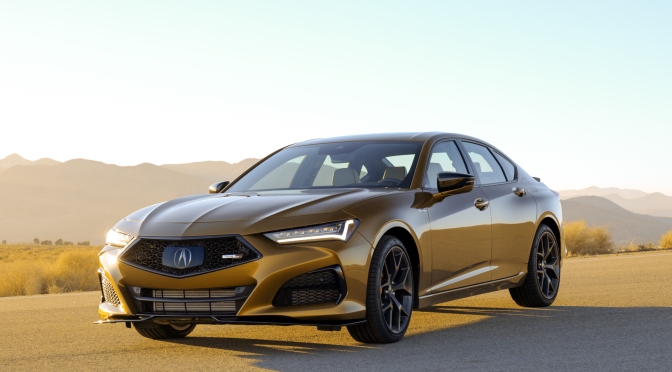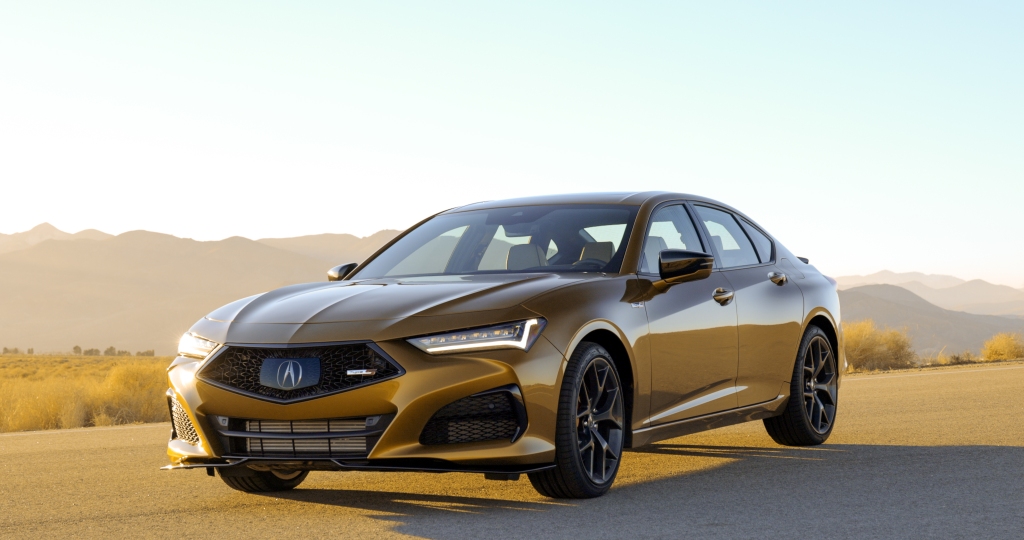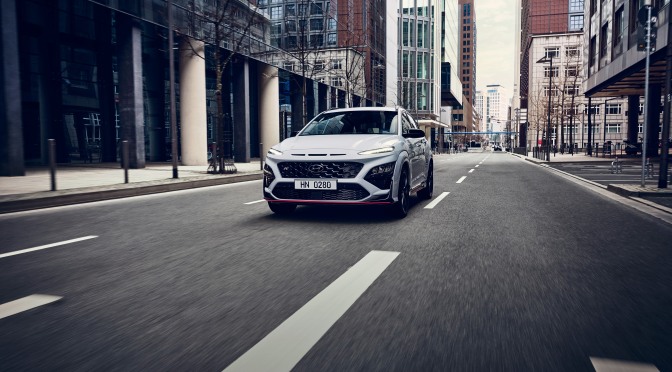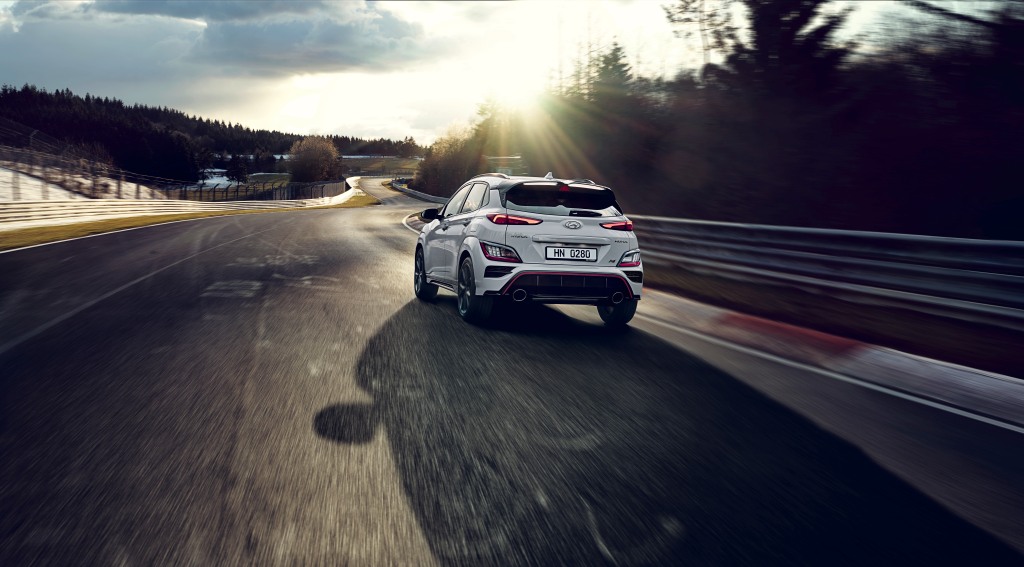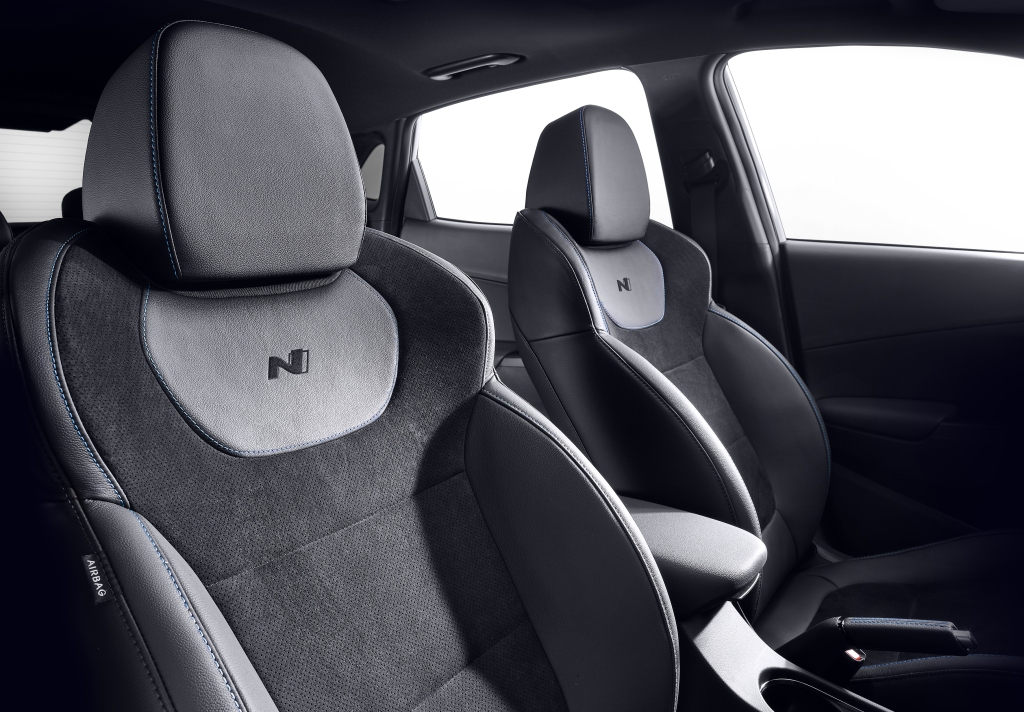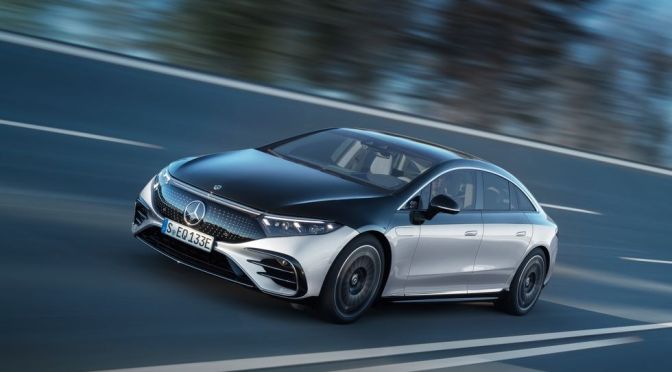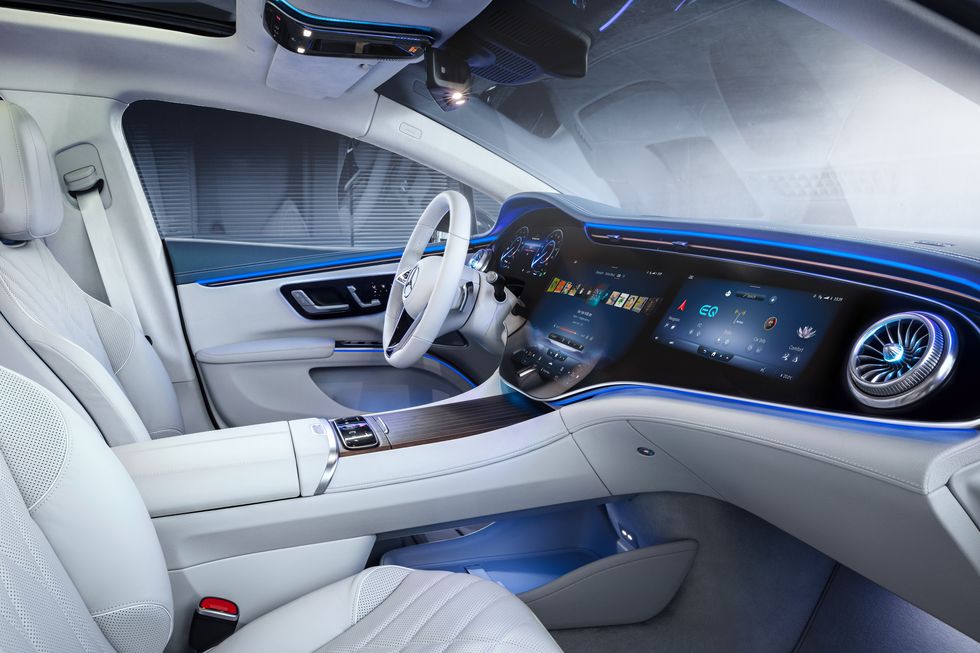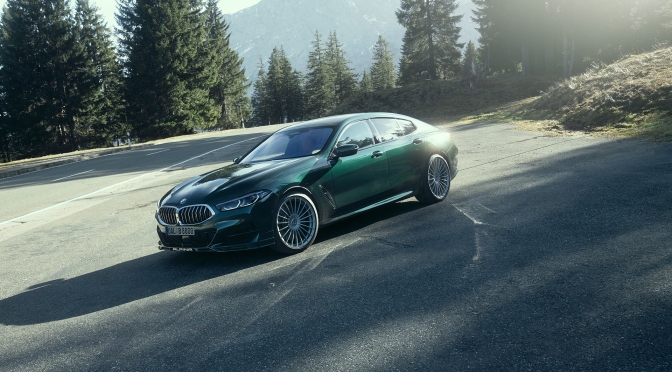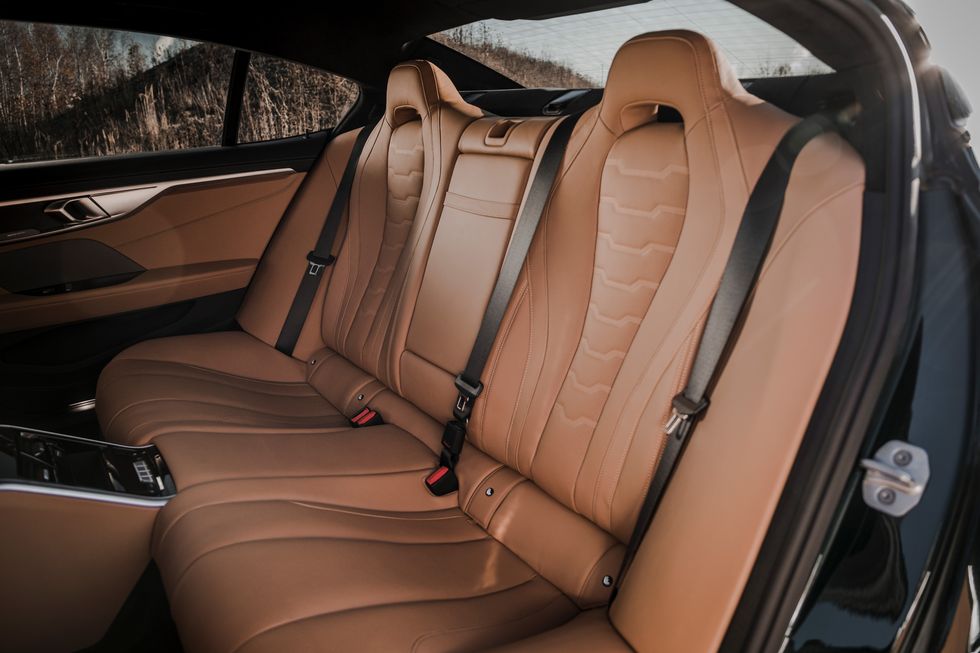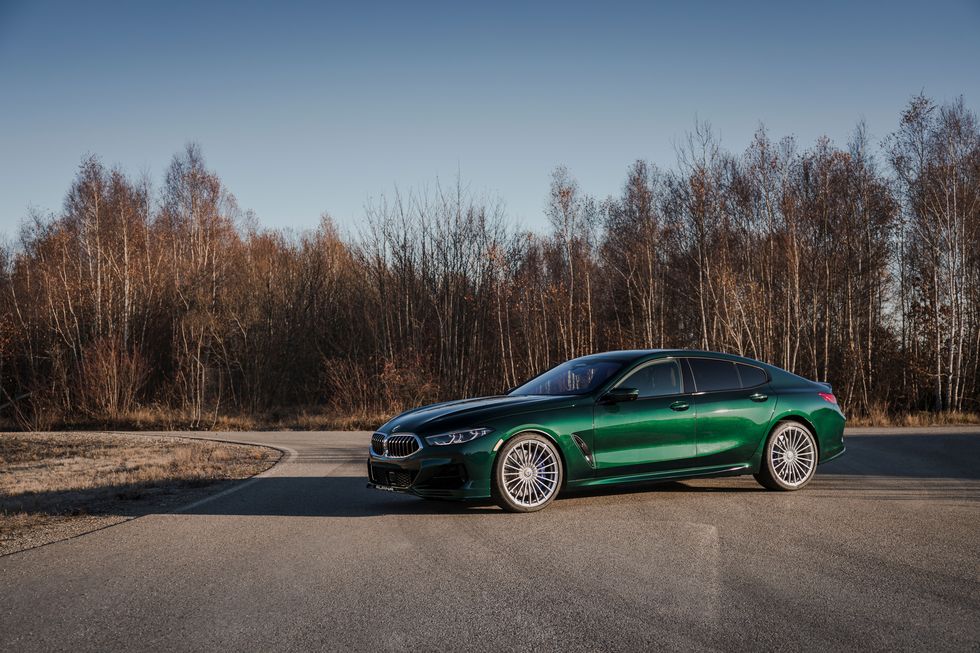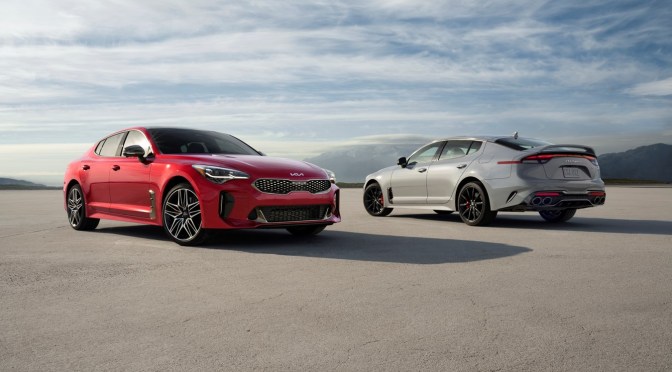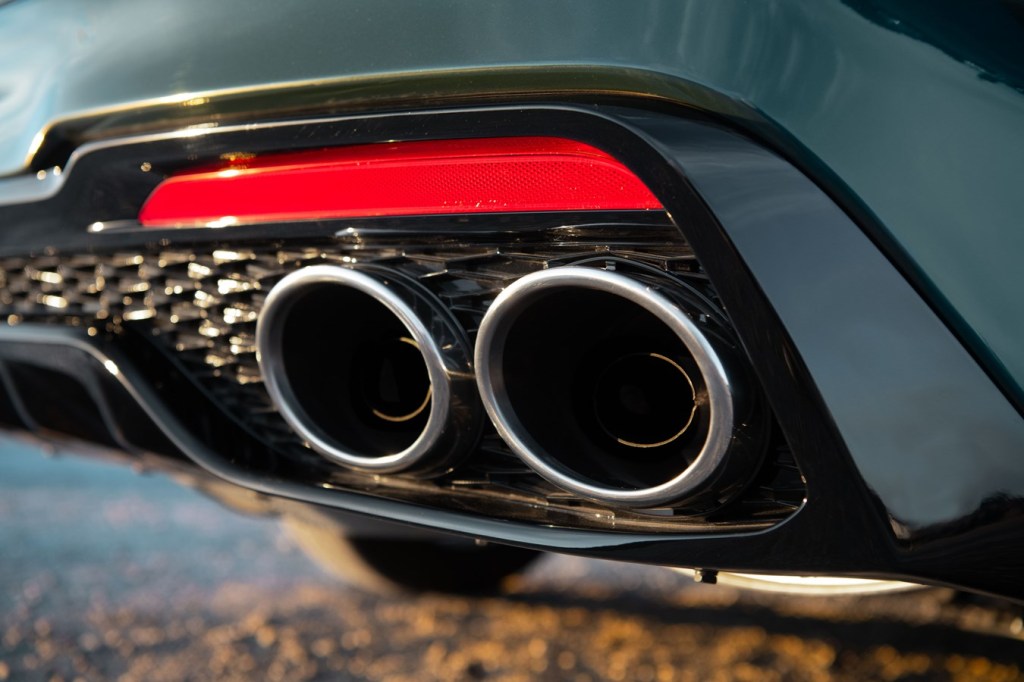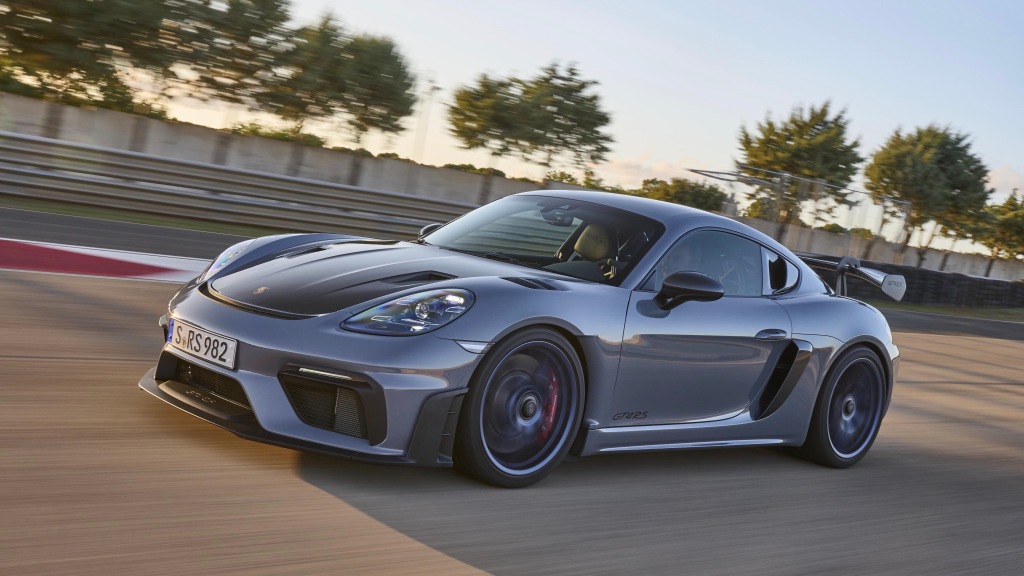
8,000 RPMs makes for a near perfect car under any circumstance, but pair that with one of Porsche’s best cars and you get absolute bliss. The 718 Cayman has been one of the most hallowed Porsches to date, falling under the Porsche 911, but now the elves at Stuttgart have given us a perfectly timed Christmas present… the brand-new rendition of the 718 brings the GT4 RS, the first coming of the 4.0 L flat-six snatched straight from the 911 GT3. Revealed at the Los Angeles auto show on November 17th, the GT4 RS will be one of Porsche’s most track focused and intense cars yet.
Spinning the tachometer to 8,000 RPMs is no joke, certainly not in terms of power output, and the GT4 RS is not lacking any of it. Putting out 493 horsepower- the 718’s highest power output to date, the RS is the Porsche we thought we’d never get. Challenging the 911 GT3’s place on the top of the Porsche pyramid is a notion we thought we’d never have to get to. Instead, Porsche will put their two sports cars toe to toe in one of the hottest automaker lineups as of now. On top of its groundbreaking horsepower output, the GT4 RS will feature 331 lb-ft of torque, a bump from its previous figure of 317 lb-ft. The new GT4 will also feature Porsche’s famed PDK 7-speed dual clutch transmission. Contrary to other 718 models, the GT4 RS will be sans a manual option— a real bummer for the “drivers Porsche”. To bolster the decision to solely run with the PDK transmission, Porsche has shortened the gears of said transmission in order to cut acceleration times. The new GT4 runs the 60-mph dash in a manufacturer claimed 3.2 seconds, a chop of .5 seconds from the regular GT4. Top speed has also been upped; a gain of 9 MPH takes the GT4 RS to 196 MPH which is now achieved in 7th gear, allowing you to row through all the gears— or in this case, use the shift paddles. I’m still hurt over the loss of the manual gearbox.
Can’t pout for too long however because when it rains it pours, because while the big news was found under the hood, the real renaissance in found throughout the car itself. In order to be a real contender at such a high level, Porsche had to find itself cutting off excess fat. So, they did what any reasonable car manufacturer would… shaved the meat right off the bone. The GT4 RS has an astounding 47 lbs of weight loss landing on the scale at 3,227 lbs. Clearly bred from true Porsche racing genes, the power-to-weight ratio reads at 6.55, a true performance engineered number.
At the end of the day, deep down we know that a car is only as good as it looks. Putting lipstick on a pig or whatever that idiom is. The GT4 RS isn’t dressed up, no imposter found here. Porsche stays true to their RS past by keeping the emphasis on lightweight and efficient materials. For the GT4 RS Porsche uses something carbon-fiber reinforced plastic (CFRP) on the fenders and the hood. We see door handles replaced by nylon straps— a Porsche staple, and homages and design cues taken from Porsche racecars of past. Everything from a new rear diffuser meticulously engineered for the most optimal downforce possible to the new swan-wing spoiler derived from the 911 GT3 gives the new GT4 RS 25% more downforce than the regular GT4. The GT4 RS also sits 30 millimeters lower for the best handling scenario possible.
For the first time ever, the Cayman will sit on 20-inch forged aluminum wheels with the iconic center lock wheels. In addition to the new kicks, the GT4 RS employs some diligent and clever uses of aerodynamics. The addition of NACA ducts and brake vents to keep temperatures cool for its standard cast-iron brakes is a tried-and-true model of keeping your brakes from overheating, yet the utilization of a new front spoiler with side blades is an example of why we pay the ‘Porsche Tax’, to keep R&D funds available for unique elements like these.

In typical Porsche fashion there must be some add-ons and the biggest one appears in the liking of the Weissach Package which carbon fiber-ifies everything. No stone left unturned in the transformation of even the littlest things like the front luggage compartment are made out of carbon fiber, the coolest of which would be the rear wing going for a full lightweight look.
With all this, actions are better than words, so Porsche put their money where their mouth is. With the GT4 RS on the Nurburgring, it posted a time of 7:04.511, nearly 23 seconds faster than the regular GT4. We can only imagine throughout the duration of that entire run how amazingly cool the noises that this marvel of a machine made. With a modified exhaust inspired by the Porsche 935 and filled with induction noises paired with the engine right behind the driver. It must’ve been a symphony of noise; we can guarantee it.
Gearing up to be one of the most epic modern Porsches in our lifetime, the new GT4 RS is truly no joke. The pricetag reflects as such; topping nearly double the price of the base model the GT4 RS will certainly hit your wallet at $141,700 before options and tax. If you look at it in another light, this is truly the ultimate Cayman yet. In an age of electrification and smaller engines with hybrid motors, the 4.0 L flat-six cylinder the GT4 RS possesses is quite the going out party as Porsche vows to make the majority of their sales in the electric department by 2030. We have no doubt that Porsche wouldn’t have trouble making sales though, the hard part would be even finding yourself in the presence of a GT4 RS.
